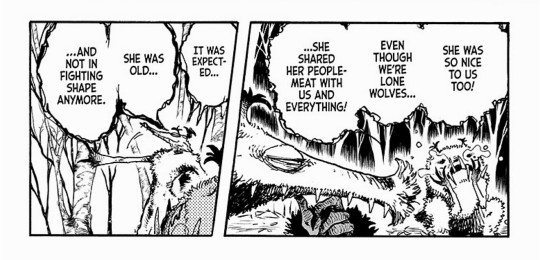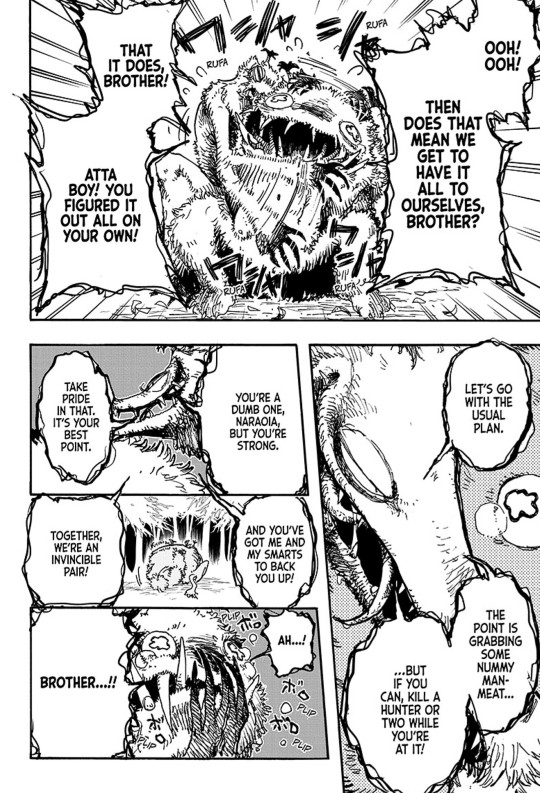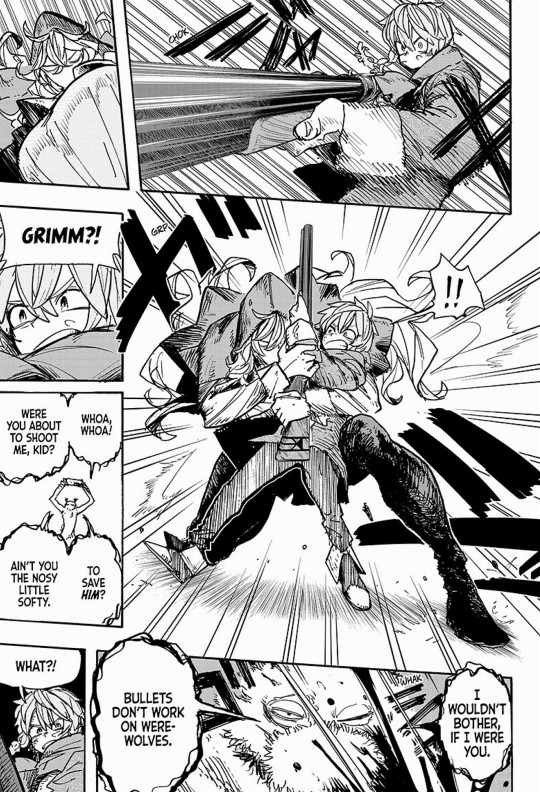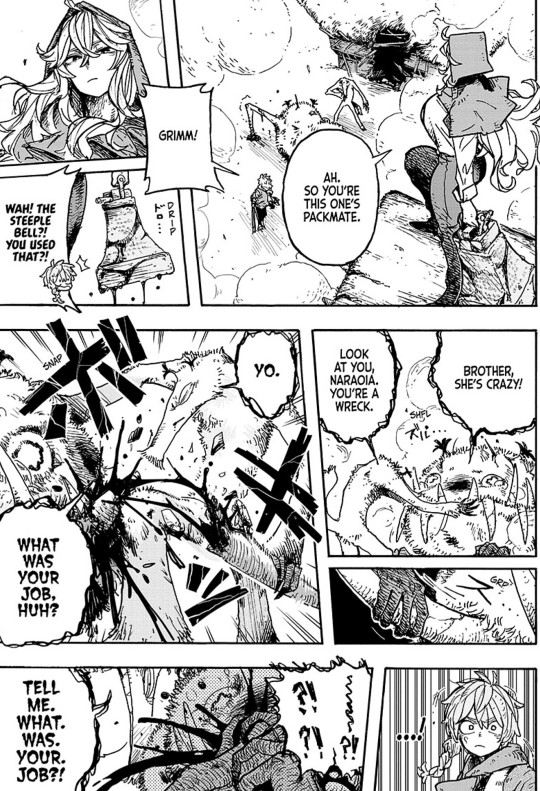#naraoia
Text
62 notes
·
View notes
Text
https://x.com/Naraoia/status/1708579728385274097?s=20
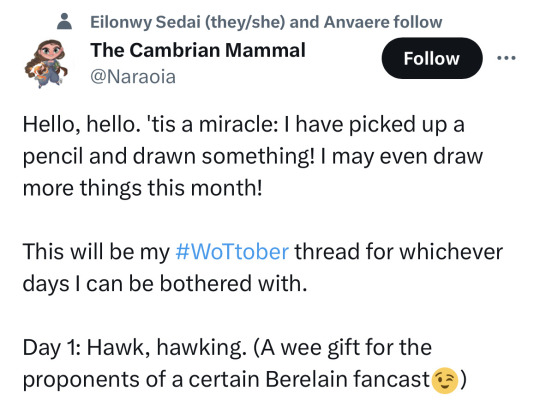

3 notes
·
View notes
Photo
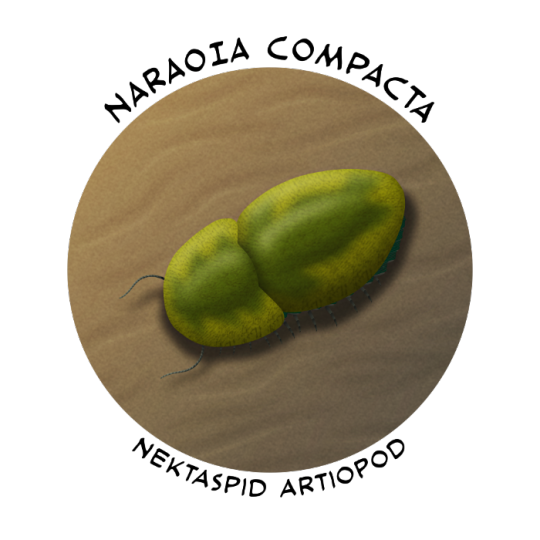
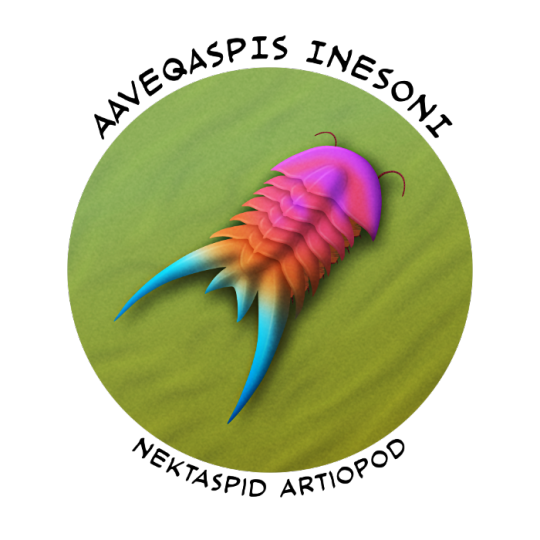
Cambrian Explosion #52: Artiopoda – Who Needs A Thorax Anyway?
The nektaspids were one of the most unique-looking groups of artiopodans, with soft-shelled unmineralized bodies, no eyes, and large head and tail shields with very few actual body segments in between – varying from 6 all the way down to none at all.
First appearing in the fossil record around 518 million years ago, only a few different species are known but they appear to have been abundant animals distributed in outer shelf waters worldwide during the Cambrian.
Their classification has traditionally been uncertain but specimens with well-preserved limbs show very trilobite-like leg anatomy, helping to place them in the artiopodans as potentially some of the closest "trilobitomorph" relatives to the actual trilobites.
———
Naraoia compacta was one of the nektaspids with no thorax segments at all, having a semicircular head shield and a large oval tail shield. Up to 4cm long (1.6"), exceptional soft-part preservation shows it also had sideways-pointing antennae and biramous limbs with large paddle-like gill-fringed flaps.
It's known from various Cambrian sites around North America, most famously the Canadian Burgess Shale deposits (~508 million years ago). Additional fossils from the similarly-aged Chinese Kaili Biota and the older Australian Emu Bay Shale (~514 million years ago) represent either even more occurrences of Naraoia compacta or a very similar closely related species in the same genus.
It was probably a bottom-dwelling animal, possibly a burrowing deposit feeder eating organic matter in seafloor mud.
One Australian Naraoia specimen shows some of the earliest direct evidence of predation in the fossil record, with a distinct bite taken out of the carapace – thought to have been inflicted by a large radiodont.
———
The evolutionary relationships of Aaveqaspis inesoni are unclear, but its general body shape suggests it may have been one of the few-segmented nektaspids.
Known from the Sirius Passet fossil deposits in Greenland (~518 million years ago), it was about 2.5cm long (1") and had a trilobite-like shape with an eyeless semicircular head shield, five thorax segments, and a tail shield bearing two huge backwards-pointing spines.
———
Nektaspids were a surprisingly long-lived group of non-trilobite artiopodans, surviving through multiple mass extinction events and lasting at least until the late Silurian about 420 million years ago. The last known member was another Naraoia species in North America, Naraoia bertiensis.
———
Nix Illustration | Tumblr | Twitter | Patreon
#science illustration#paleontology#paleoart#palaeoblr#cambrian explosion#cambrian explosion 2021#rise of the arthropods#naraoia#naraoiidae#aaveqaspis#liwiidae#nektaspida#artiopoda#euarthropoda#arthropod#panarthropoda#ecdysozoa#protostome#bilateria#eumetazoa#animalia#art#lisa frank aaveqaspis
111 notes
·
View notes
Text

#red hood manga#the hunters guild: red hood#manga#official media#official art#yuki kawaguchi#velou#grimm#grimm rh#naraoia#manga art
2 notes
·
View notes
Note
We didn't start the fire prehistory: (I don't know enough dinosaur names I'm so sorry I'm such a fake fan) we didn't start the fire
stromatolites trilobites wiwaxia opabinia burgess shale what the hale anomalocaris plenocaris naraoia waptia WE DIDNT START THE CAMBRIAN EXPLOSION
8 notes
·
View notes
Text
The Hunters Guild Red Hood Chapter 2: Dodou and Naraoia invade Kasoka Village
The Hunters Guild Red Hood Chapter 2: Dodou and Naraoia invade Kasoka Village
In Chapter 1 of The Hunters Guild Red Hood we were introduced to Velou, a little boy from an impoverish village and Grimm, a member of the Hunter Guild. Together the eliminate the werewolf that disguised itself as the mayors wife. The first chapter explored themes such as making assumptions based on appearances, a lack of justice in the world, and survival. The Hunters Guild Red Hood Chapter 2,…
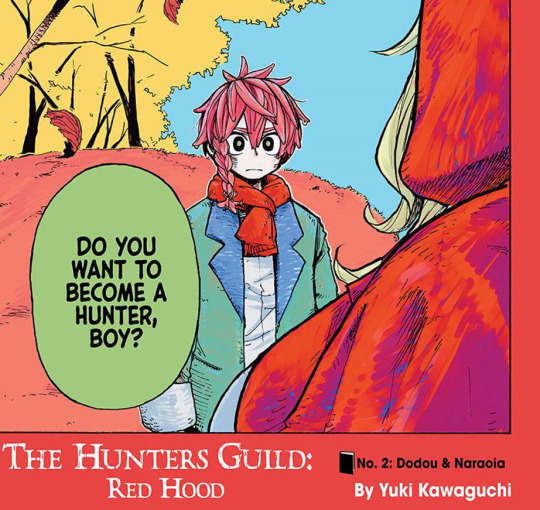
View On WordPress
#The Hunters Guild Red Hood#the hunters guild red hood ch 2#The Hunters Guild Red Hood Chapter 2#the hunters guild red hood read online
0 notes
Link
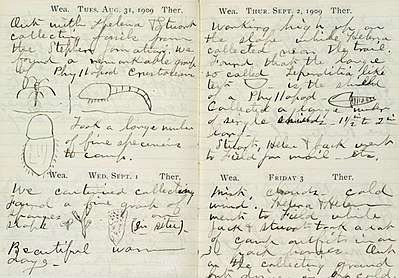
Biomimicry
Cuaderno de campo
de Charles D. Walcott (del 31 de agosto al 3 de septiembre de 1909) detallando el descubrimiento de los fósiles del
Esquisto de Burgess
. Hay tres artrópodos dibujados en la entrada del 31 de agosto –
Marrella, Waptia y Naraoia [16] http://recursos.normalpopayan.edu.co:8983/wikipedia_es_all_2017-08/A/Waptia.html
https://www.wikiwand.com/ja/%E3%83%AF%E3%83%97%E3%83%86%E3%82%A3%E3%82%A2
https://ca.wikipedia.org/wiki/Trilobits

via https://naturalhistory.si.edu/education/teaching-resources/life-science/early-life-earth-animal-origins
https://naturalhistory.si.edu/research/paleobiology
https://www.livescience.com/50458-oldest-neanderthal-dna-found.html
Por primera vez se ha recuperado material proteínico de una especie humana que vivió en Europa hace unos 800.000 años #HomoAntecessor
https://www.nature.com/articles/s41586-020-2153-8.epdf
https://twitter.com/nature/status/1245684159554695169
https://objecteiespai.tumblr.com/post/612151877718704128/organoge-residus-part-s%C3%B2lida-ossos-part
youtube
0 notes
Photo
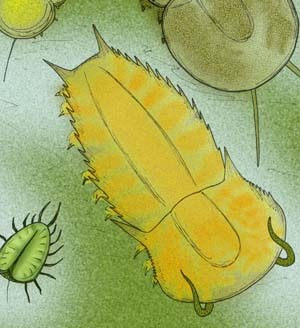
Naraoia, a flat marine arthropod from the Cambrian to the late Silurian. Due to the structure and contents of the gut, it is thought to have been a deposit feeder, gaining nutrition from consuming large quantities of sediments, similar to a modern earthworm.
5 notes
·
View notes
Text

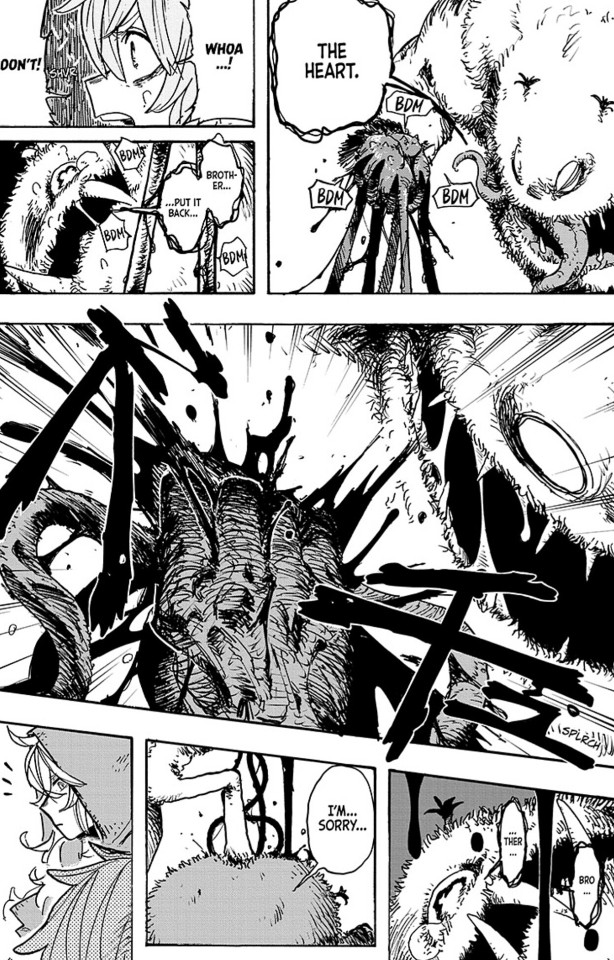

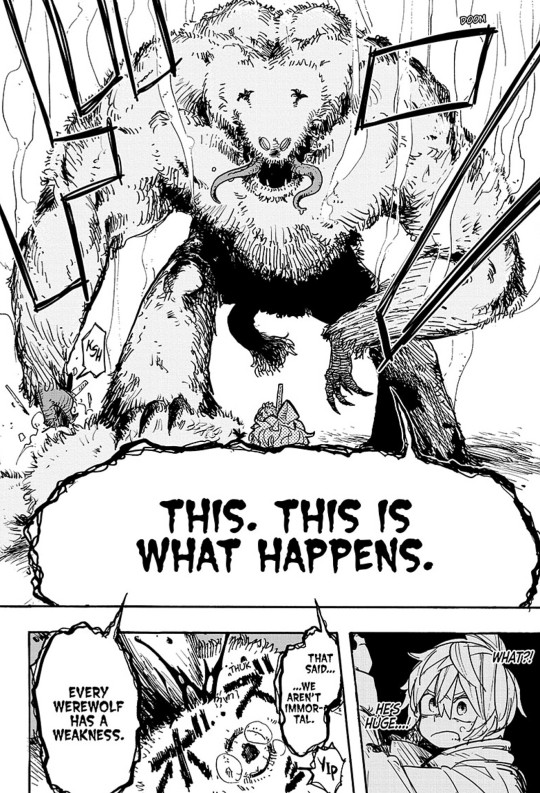
#:'(#dodou#red hood manga#naraoia#the hunters guild: red hood#mangacaps#velou#grimm#grimm rh#caps#long post#Yuki Kawaguchi#manga#shonen#shounen#rhSpoilers
3 notes
·
View notes
Text

#Red Hood Manga#The Hunters Guild: Red Hood#velou#grimm rh#naraoia#grimm#mangacap#cap#manga#rhspoilers
2 notes
·
View notes
Text



#the hunters guild: red hood#red hood manga#yuki kawaguchi#velou#dodou#naraoia#mangacaps#caps#manga#manga aeshtetic#monochrome#rhspoilers#shonen#shounen
2 notes
·
View notes
Text
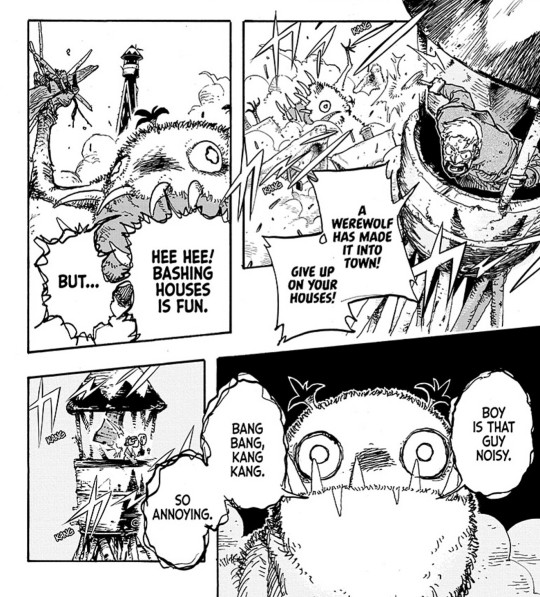
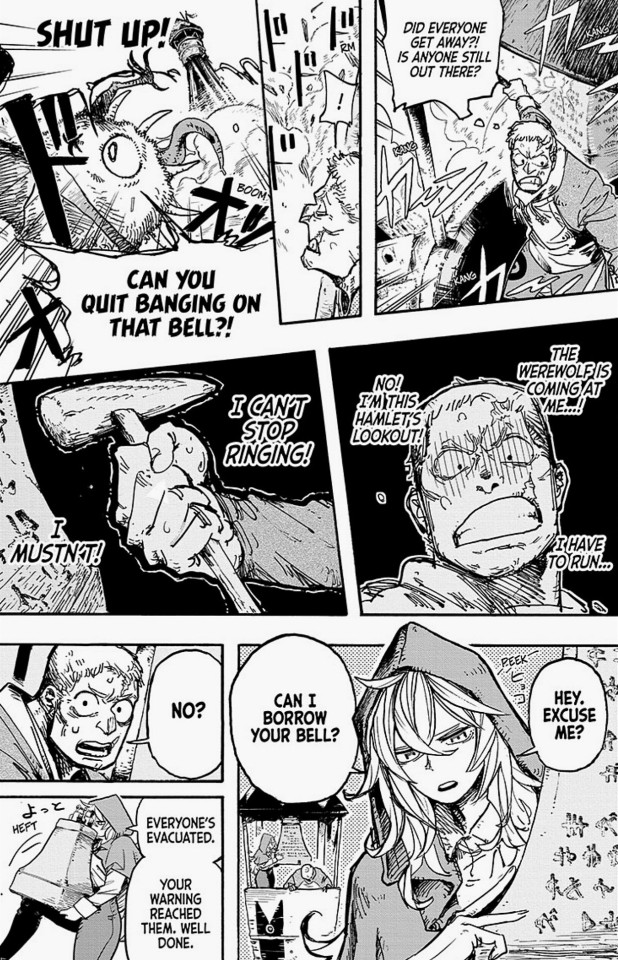

#red hood manga#yuki kawaguchi#mangacaps#grimm rh#grimm#naraoia#monochrome#manga#manga aesthetic#caps#aesthetic#rhspoilers#the hunters guild: red hood
3 notes
·
View notes
